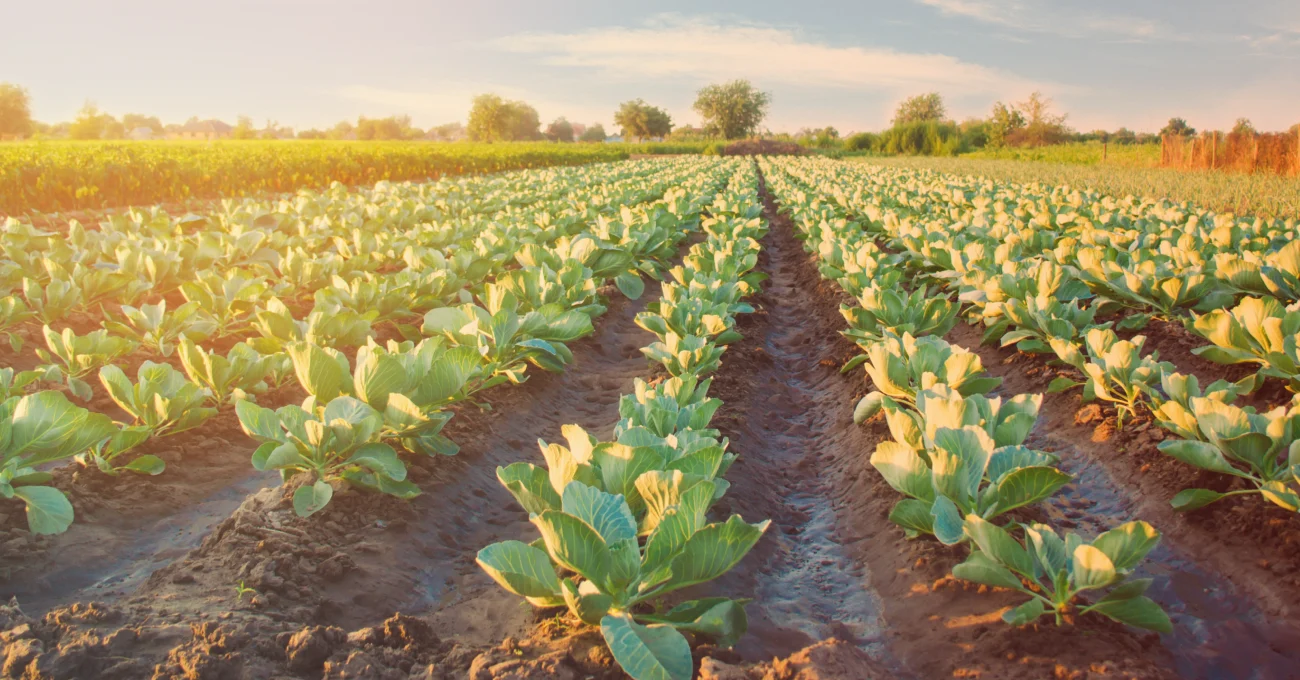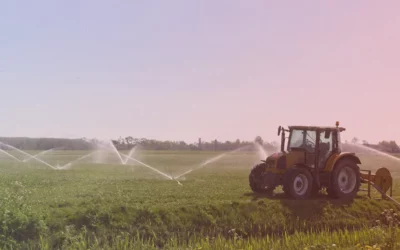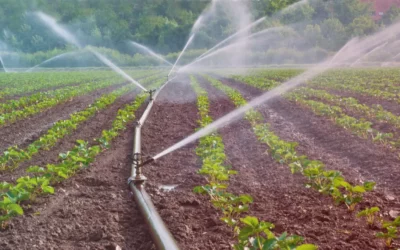Farm Remote Weather Station Capabilities, Benefits & The Future
Over the past decade, we have seen abrupt changes in regional climates and devastating storms that have taken the world by surprise. While people may be most familiar with the massive winter storm in Texas or the destructive forest fires in Australia and California, the effects of these changing weather patterns reach close to home for all of us. Farmers have lost significant yield due to unexpected frost, excessive weeds, powerful winds, and even flooding. These losses get passed on to the rest of the world in the form of higher food prices and lower quality produce. Fortunately, technology is making it easier for farmers to adapt and prevent these losses.
What is a farm remote weather station?
Farm remote weather stations use sensors to collect, record, and analyze information about the conditions of the farm. These systems allow farmers to automatically collect real-time, localized data about air temperature, humidity, rainfall, wind speed, soil moisture, and more. The cost of implementing one of these sensor systems has fallen significantly in the past few years. Now, using easy-to-use, cloud-based software all of this data can be automatically analyzed and translated into actionable information and forecasts. These technologies are helping farmers to prevent losses and improve crop yields.
How are farmers using it today?
“Everything else can wait, agriculture can’t.”
– Norman Borlaug
Farmers have always been early adopters of technology. When you’re working that hard every day, you want to make sure that you get all the rewards that you’ve earned. Farmers are currently using these remote weather stations to protect their crops, livestock, and workers.
Real-time data collection and local forecasting services allow farmers to more accurately predict the weather at their farms. This can help to ensure OSHA compliance by scheduling workers and their tasks for times before conditions become hazardous and a potential legal liability. Farmers can, for example, schedule workers to perform certain tasks earlier in the day when the personalized forecasts show that temperatures will spike above 100 degrees in the afternoon.
This technology can also help farmers to ensure crops are properly watered. The remote weather station system can determine if soil moisture is too low and can estimate how the forecasted rain, or sunshine, will affect soil moisture. The remote weather station can sync with automated irrigation systems. If it’s going to rain shortly, the system won’t water the crops. If the soil is only going to get dryer, it will begin to water them. This can have a measurable impact on crop yield and water usage.
Farm weather stations are also a powerful tool for preventing catastrophic damage to crops. As they gather more information about the farm’s microclimate, they can help predict threats from heat wilting, frost, high winds, and flooding. These technologies can give farmers the advanced warning they need to best prepare their crops and livestock.
What does this mean for the future?
• Generalized weather forecasts cannot protect crops from frost
If you don’t have a remote farm weather station, you know how inaccurate more generalized, gridded weather forecasts can be. The specific microclimate of a farm may be quite different from what is predicted in a general area, particularly if it’s a large farm with diverse conditions, or near a large body of water. Especially in the case of predicting frost, bad forecasting can lead to severe negative consequences. A few degrees difference in temperature can be the difference between a great yield and disaster. Most weather forecasts are only accurate for two to four days ahead and that is often not enough time to prepare for a frost or other adverse weather event.
• Internet-of-things weather stations help protect crops
Small on-farm weather stations can decrease these risks by improving forecasting. By collecting localized, real-time data with a remote farm weather station, farmers are able to get the accurate forecasts they need. Benchmark Labs helps farmers to turn their data into actionable information. We integrate the farmer’s data with gridded weather data and use machine learning to create 10 days forecasts which are more accurate and useful. The farms that have the most accurate forecasts have one weather station for every five to ten acres of land. By providing farmers with more personalized and accurate ten-day forecasts, we can give them an extra three to five days of response time. Those three to five days make all the difference when there’s a need for frost mitigation or even an early harvest.
• Machine learning can create personalized, accurate forecasts that only improve over time
There is an immense amount of data being collected by these remote weather stations. Every day farmers all throughout the world are adopting and implementing these systems. Machine learning enables Benchmark Labs to process the remote weather station data, analyze it alongside the gridded weather data, and create personalized models and forecasts for farms. Our machine learning models improve over time as the stream of real-time data allows the software to compare its predictions to reality and update.
Putting it into practice
As weather patterns continue to shift, accurate weather forecasts only become more important. These days, farmers never quite know what the next week might bring them. By implementing their own remote weather station system, farmers can get the information they need to adapt to the weather and prevent catastrophic loss. Benchmark Labs’ software uses machine learning to generate personalized weather forecasts for a farm, or even per acre of land. By providing farmers with credible information days earlier, we help them to prepare for the worst: frost, powerful winds, and flooding.
Benchmark Labs has partnered with Metos USA, our preferred hardware provider for IoT-driven weather sensors. Their remote weather station systems seamlessly integrate with our cloud-based forecasting software. If you don’t already have a farm remote weather station, we can help get you the information that you need.
—-
If you would like to learn more about Benchmark Labs from our team and sign up for a trial, go to our sign-up page.
Recent Posts
Modern Methods of Water Management in Organic Farming for 2022
[dssb_sharing_button icon_bg="#636979" _builder_version="4.16" _module_preset="default" background_color="#324155"...
How Vineyard Soil Sampling is Key to Wine Production
[dssb_sharing_button icon_bg="#636979" _builder_version="4.16" _module_preset="default" background_color="#324155"...
Factors Influencing Evapotranspiration and How to Measure it with AI
[dssb_sharing_button icon_bg="#636979" _builder_version="4.16" _module_preset="default" background_color="#324155"...




